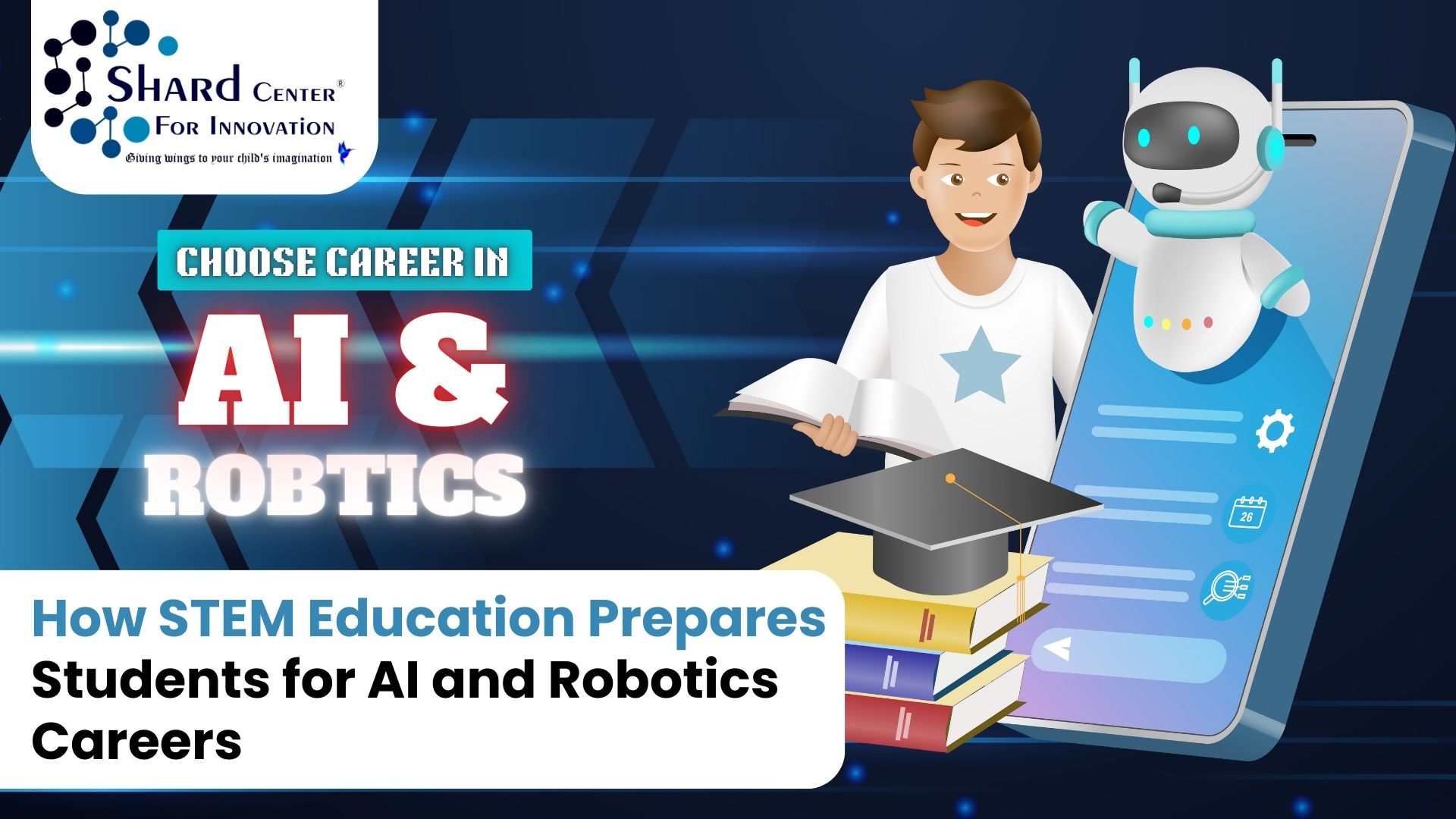Robots no longer live only in science fiction. They sort packages, drive self-assist vehicles, and even help doctors during surgery.
That is a simple theory that lies behind such breakthroughs: The teaching of young minds to think like problem-solvers. That’s where STEM, Science, Technology, Engineering, and Mathematics, comes in. STEM is more than four subjects. It is the way of learning to relate the thoughts into a real-time analysis and then gradually improve them.
Here, you will find out how STEM gains the specific skill set a career in AI and robotics demands, what the value in engaging with it at a young age is, and what other jobs students can take when they want to build the skills.
The STEM Base: Skills That Power AI and Robots
Every intelligent robot is science and code, design and figures in action. The STEM offers students an easy, really smooth mix.
Science demonstrates that sensors are sensitive to light, sound, heat, and movement, and therefore a robot can possess some sense of the world.
Technology introduces coding and computer systems and converts an idea into a set of directions that can be comprehended by a machine.
Engineering is the power to make things into a functioning whole, or the teachers teach the students to design, test, fix and improve.
Mathematics ties it all together into the patterns, reasoning, and blocks of the algorithms.
This foundation grows in small, achievable steps.
A student can start with learning to make a light blink and then how to make a motor move, learn to read a sensor on a board and then ultimately combine all these into one and make a small autonomous car.
From Puzzles to Projects: STEM Turns Learners into Thinkers
With AI and robotics, there are multiple results of a problem. There is a target, a set of constraints, and plenty of options for success.
STEM teaches students to navigate that space. It starts with a permissive statement putting forth an apparent issue: What should the robot do, and under what conditions? Students then sketch ideas, choose parts, and plan steps.
When their build fails at first, as it frequently does, they have a chance to see how to test progressively, gauge the result and test again. That loop of build-test-learn is the secret that most overnight breakthroughs are supporting. This approach shapes character as much as skill. Students gain awareness concerning ways to ask better questions, make decisions, and listen to others.
They discover that when there is teamwork, the process becomes quicker, as one will not notice something a companion is lacking to see. This mindset is in the use of responsible decision-making in AI: how does one use what data, reduce bias and make systems safe?
The human-centred design in robotics is that the design of a robot is of and about a person, an aspect that means that the robot is designed so that people can maintain it, it is safe to navigate, and it is easy to read.
Learning to Earning: Easy Steps to convert interest into a career
A profession in AI or a robotic interest develops progressively, not by leaps. Start small. Pick a beginner project that interests you: a voice-to-light project, a line-following robot, or a handwritten digit model. Keep notes on what worked, what failed, and why. Such notes become a portfolio comprising short write-ups, pictures, and links to the code that may show their change over time. More will be said in the portfolio than will be said on those grades, because the portfolio will demonstrate the way you think and build.
Next, join a community. Feedback and momentum are offered by clubs in schools, hackathons, maker spaces, and online forums.
Competitions add deadlines and focus. These gaps may be fulfilled with short courses: one to learn the basics of Python, another to acquaint oneself with electronics and the third course to experiment with computer vision.
Version control, documentation, and teamwork are checked out in actual practice with paid or volunteer internships, as they instil good sense into habits. Soft skills matter, too. Clear writing helps you explain results. PowerPoint presentations will help you gain acceptance of a new idea.
A tidy Git repository shows discipline. Together, these habits turn beginner projects into opportunities.
Finally, keep a balanced path. You do not need to master everything at once. Pick a lane and then go deep in it; something like mechanical design, embedded systems, data science, or applied machine learning, but be open to other things too. Depth gets you hired; range helps you collaborate. Gradually, students will be able to shift their frame of reference: I did a tutorial—I created this system, and this is how it works.
Conclusion
STEM leads to AI and robotics because it produces sound fundamentals, actionable problem-solving, and a fearless desire to learn more.
All you need is a small project, and then practice adding up, finding a community, and keeping a basic portfolio of your work.
Get started today—pick a project, make a one-week objective, and get going. The future favors builders!
Related Blogs:
- Integrating STEM in School Curriculum: Benefits and Challenges
- How to Set up a STEM Lab at your School in 2025?
- How Kids Can Learn Machine Learning in India—Starter Programs Explained
- 3-D Printing and Design Thinking for Beginners | SCIL India
- Artificial Intelligence Training in India: Master's Program for Professionals
- School STEM Education Franchise Opportunity | SCIL India
